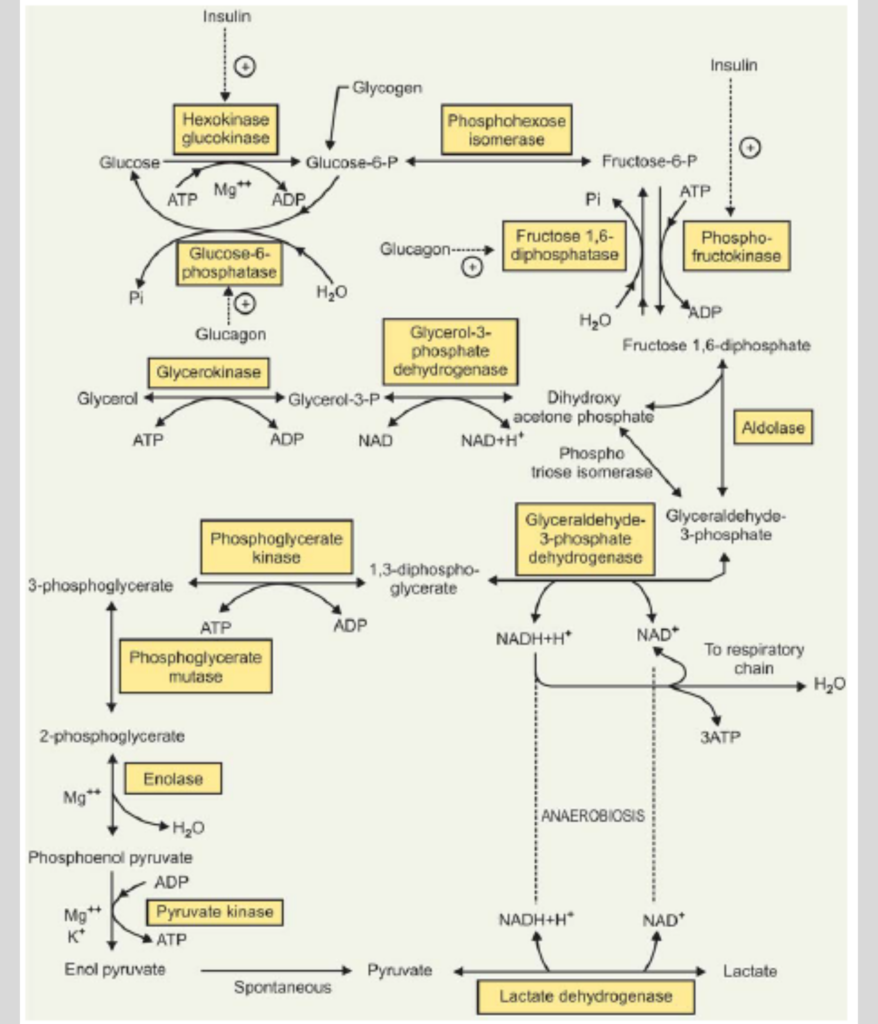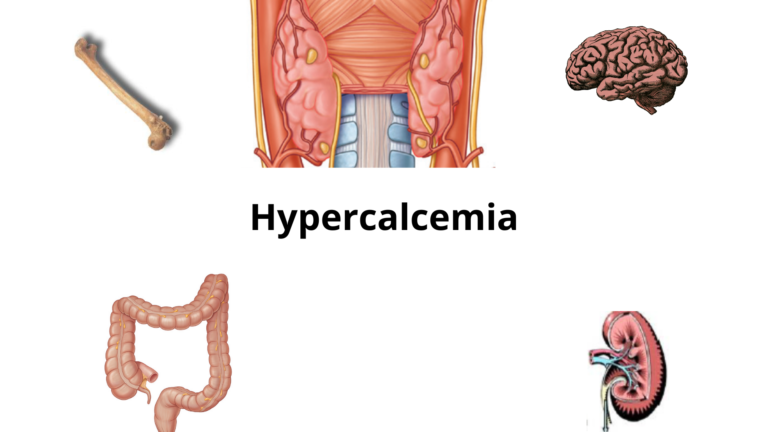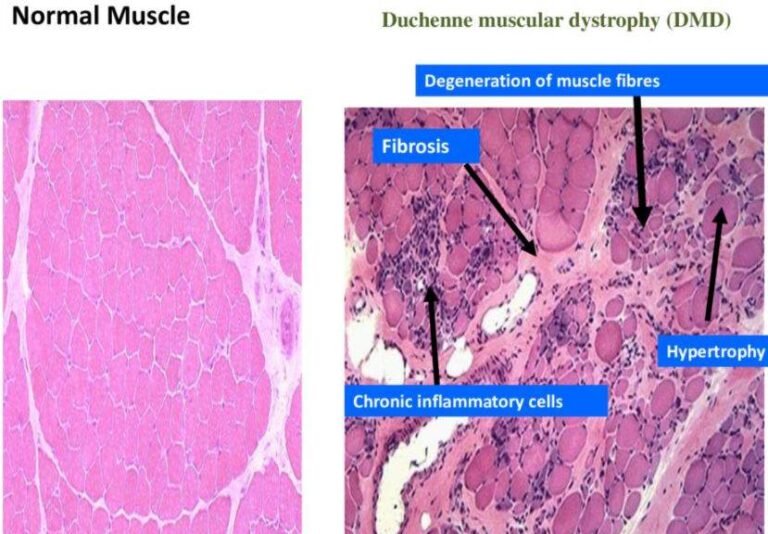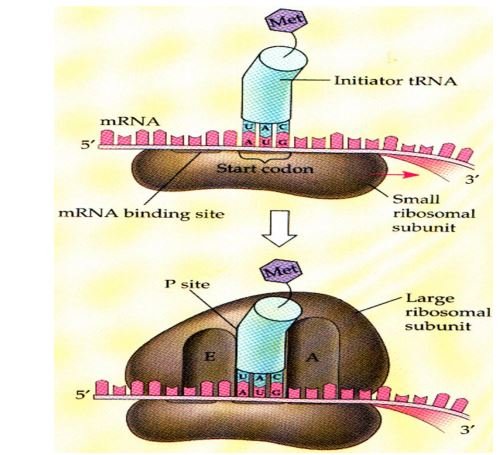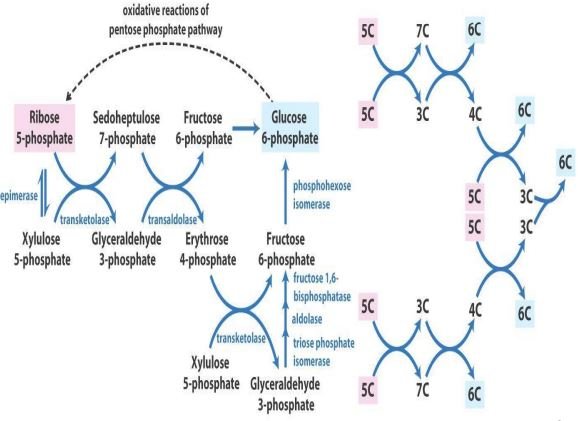Introduction of Glycolysis:
The term glycolysis is derived from the word ‘glykys’ meaning sweet or sugar, an older term for glucose + lysis- degradation. Glycolysis is defined as the sequence of reactions that converting glucose molecules to pyruvate or lactate, with the production of ATP and NADH.
It takes place in all cells of the body and occurs in the cytosol of the body. The glycolysis occurs in the absence of oxygen which is called anaerobic glycolysis or in the presence of oxygen which is called aerobic glycolysis.
It was discovered in 1919 by Embden and Meyerhof and Parnas & got a novel prize in 1922 AD. Glycolysis has a total of 10 steps when 7 steps are reversible while 3 steps are irreversible.
Reactions of Glycolysis:
The breakdown of glucose which is a 6-carbon compound into two molecules of pyruvate (3-carbon compound) is brought about by sequential action of 10 enzymes which can be divided into 3 phases as;
- Energy requiring phase or Energy investment phase or priming stage
- Splitting Phase(6 C= 3 C+ 3 C)
- Energy generating phase
- In 1st phase reactions of the glycolysis cycle, phosphorylated forms of glucose and fructose are synthesized at the expense of 2 moles of ATP.
- In the energy generation phase, releasing 4 ATP and 2 NADH are formed.
- 1st step of Glycolysis is catalyzed by the enzyme hexokinase and glucokinase. These isoenzymes require Mg ions Hexokinase is present in most tissues with a high affinity for glucose while glucokinase is present in the liver and has a low affinity for glucose(high Km value).
- Another isoenzyme, Aldolase B is present only in the liver and kidneys while Aldolase A is present in most of the tissues.
- The conversion of fructose -1-phosphate into dihydroxyacetone phosphate and glyceraldehyde catalyzes by Aldolase B. This enzyme is used in fructose metabolism.
- Lactate formation occurs under anaerobic conditions. Pyruvate is converted to lactate using NADH by LDH.
Overview Reactions of glycolysis
The sequence of events occurs following as shown below.
A. Energy investment phase:
- The glucose molecule is phosphorylated to glucose 6-phosphate via. enzyme hexokinase or glucokinase (both are isoenzymes). This is an irreversible reaction & dependent on ATP and Mg2+.
Note: Glucose 6-phosphate is impermeable to the cell membrane in the body and is a central molecule with a variety of metabolic fates are occurred such as glycolysis, glycogenesis, gluconeogenesis
and pentose phosphate pathway. - Glucose 6 –phosphate molecule that undergoes isomerization to gives fructose 6-phosphate in the presence of the enzyme phosphohexose isomerase and Mg2+.
- Fructose 6-phosphate is phosphorylated to fructose1,6-bisphosphate by the enzyme phosphofructokinase(PFK). It is an irreversible stage & so-called a regulatory step in the glycolysis cycle.
B. Splitting phase:
- Fructose 1,6- bisphosphate(6-Carbon) is split into two three-carbon compounds such as glyceraldehyde 3-phosphate and dihydroxyacetone phosphate by the enzyme aldolase (fructose 1,6- Bisphosphate aldolase).
- The reversible interconversion of glyceraldehyde 3-phosphate molecule & dihydroxyacetone phosphate via. the enzyme phosphotriose isomerase act as catalyzes. Thus, two molecules of glyceraldehyde 3-phosphate are obtained from a single molecule of glucose.
C. Energy generation phase:
- Glyceraldehyde 3-phosphate converted into 1,3-bisphosphoglycerate by enzyme Glyceraldehyde 3-phosphate dehydrogenase. This is an important step because it is involved in the formation of NADH + H+ and high-energy compound 1,3-bisphosphoglycerate. During the aerobic conditions, NADH passes through the electron transport chain and 6 ATP are synthesized by oxidative phosphorylation. The iodoacetate & arsenate compounds inhibit the glyceraldehyde 3-phosphate dehydrogenase enzyme.
- 1,3-bisphosphoglycerate converted into 3-phosphoglycerate and produces ATP by enzyme phosphoglycerate kinase. This step is a good (satisfactory) example of substrate-level phosphorylation. Hence ATP is synthesized from the substrate without the involvement of the electron transport chain. It is a reversible reaction and a rare example among the kinase reactions.
- 3-Phosphoglycerate is converted into 2-phosphoglycerate by enzyme phosphoglycerate mutase. It is an isomerization reaction.
- 2-phosphoglycerate converted into high-energy compound phosphoenolpyruvate by the enzyme enolase. This enzyme requires Mg2+ or Mn2+ and is inhibited by fluoride.
- The enzyme pyruvate kinase catalyzes the transfer of high-energy phosphate(pyruvate) from phosphoenolpyruvate to ADP, leading to the formation of ATP. This enzyme Pyruvate kinase requires K+ and either Mg2+ or Mn2+. This reaction is irreversible.
Inhibitors of Glycolysis:
- Arsenic and Arsenate poisoning:
- Wood preservatives, insecticides, pesticides, fungicides, and deep borewell groundwater are sources of arsenic.
- Arsenate is a structural analog and competes with phosphate for the binding site of glyceraldehyde-3-phosphate dehydrogenase enzyme in glycolysis.
- It leads to the formation of 1-arseno-3 phosphoglycerate.
- Arsenate also inhibits enzymes like pyruvate dehydrogenase, isocitrate dehydrogenase, and α-ketoglutarate dehydrogenase.
- Mercury and Iodoacetate:
- They also inhibit enzyme glyceraldehyde-3-Phosphate dehydrogenase
- Fluoride:
- It inhibits enolase by removal of Mg++ as Mg fluoride. It is also used to collect blood for plasma glucose estimation.
Significance of Glycolysis:
- Principal route for glucose metabolism for the production of ATP (energy).
- Provide pathways for the metabolism of different compounds such as fructose and galactose.
derived from the diet. - In RBC, 1,3-BPG is converted to 2 3 BPG which is required for delivery of O2 by Hemoglobin (Rappaport Leubering cycle).
- Generate intermediates for other pathways such as
- Hexose monophosphate pathway
- Glycogen synthesis
- Pyruvate dehydrogenase (Acetyl CoA)
- Fatty acid synthesis
- Krebs’ Cycle
- Glycerol-phosphate (TG(triglycerides) synthesis).
Cytoplasmic pathway for Specific tissue functions
- RBC’s
- Rely exclusively on energy
- Skeletal muscle
- Source of energy for exercise, particularly high-intensity exercise.
- Adipose tissue
- Source of glycerol Phosphate for TG synthesis
- Source of acetyl-CoA for fatty acid (FA) synthesis
- Liver
- Source of acetyl-CoA for FA synthesis
- Source of glycerol Phosphate for TG synthesis.
Regulation of cytoplasmic pathway
- Regulation in 3 irreversible steps
- Phosphofructokinase-1(PFK-1) is a rate-limiting enzyme and primary site of regulation.
- Inducible enzyme
- Induced in feeding by insulin.
- Repressed in starvation by glucagon
- Allosteric regulation
- ATP inhibits whereas AMP stimulates
- Activated by Fructose-2, 6-bisphosphate
[embeddoc url=”https://notesmed.com/wp-content/uploads/2020/07/Carbohydrate-Metabolism.pdf” download=”all”]


